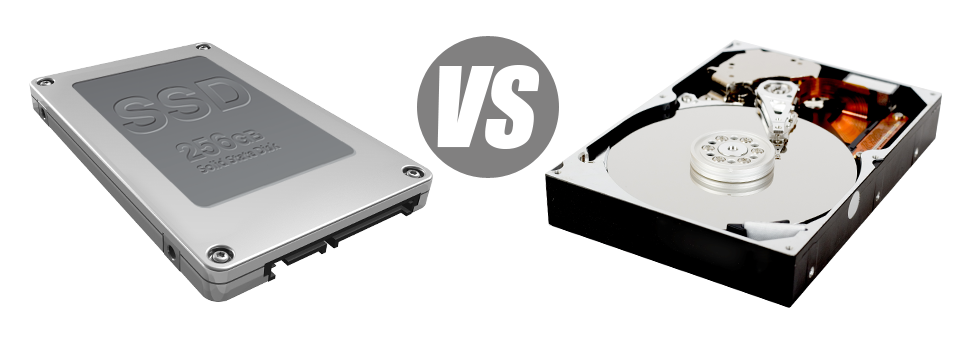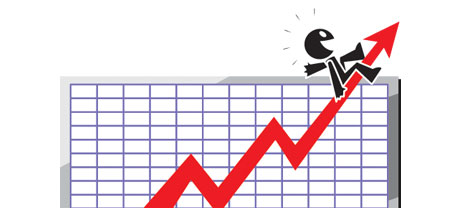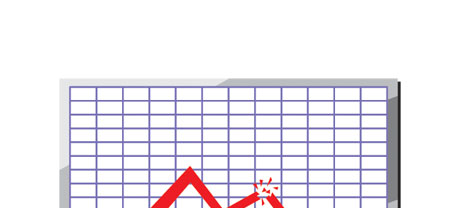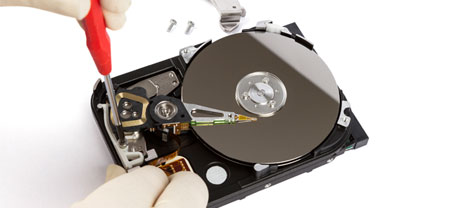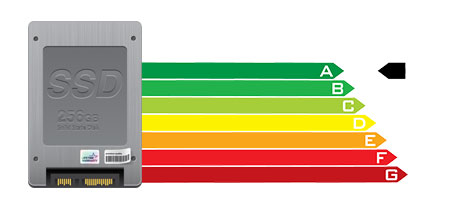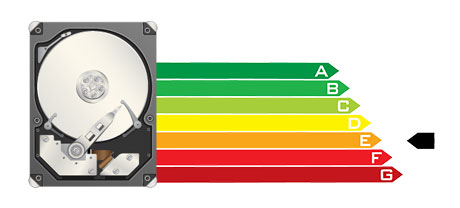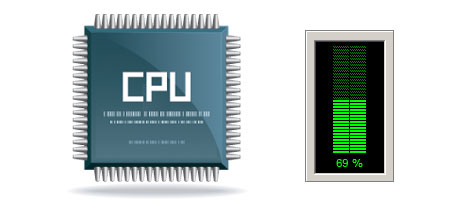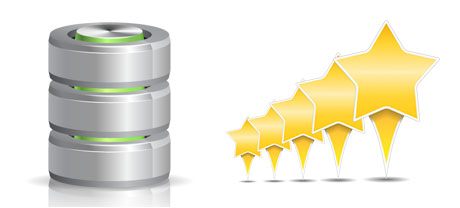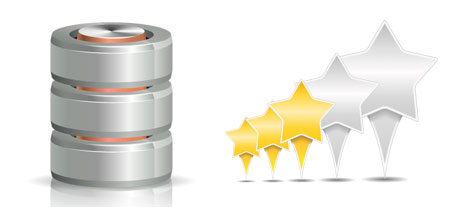For decades there seemed to be a particular trustworthy way for you to store info on a computer – with a hard disk drive (HDD). Nonetheless, this kind of technology is already demonstrating it’s age – hard disks are really noisy and slow; they are power–hungry and have a tendency to create a great deal of heat in the course of intensive procedures.
SSD drives, however, are quick, use up much less power and tend to be far less hot. They offer an exciting new strategy to file accessibility and storage and are years in front of HDDs in terms of file read/write speed, I/O effectiveness and then energy capability. Discover how HDDs fare up against the more recent SSD drives.
1. Access Time
After the launch of SSD drives, data access speeds have gone over the top. Because of the new electronic interfaces used in SSD drives, the regular data access time has shrunk into a all–time low of 0.1millisecond.
The technology powering HDD drives dates all the way to 1954. Even though it’s been noticeably processed in recent times, it’s even now no match for the inventive concept driving SSD drives. Using today’s HDD drives, the top data access speed you can actually reach can vary between 5 and 8 milliseconds.
2. Random I/O Performance
The random I/O performance is really important for the performance of a data storage device. We have conducted thorough assessments and have established that an SSD can manage a minimum of 6000 IO’s per second.
Over the same trials, the HDD drives proved to be much slower, with only 400 IO operations managed per second. While this looks like a good deal, when you have a busy web server that serves a lot of sought after websites, a sluggish disk drive could lead to slow–loading web sites.
3. Reliability
SSD drives do not have any moving components, which means that there’s far less machinery within them. And the fewer literally moving parts you’ll find, the fewer the probability of failure will be.
The average rate of failing of any SSD drive is 0.5%.
With an HDD drive to operate, it has to spin a couple metallic hard disks at more than 7200 rpm, retaining them magnetically stable in mid–air. There is a great number of moving parts, motors, magnets and other devices crammed in a small place. Therefore it’s no surprise that the regular rate of failure of an HDD drive can vary in between 2% and 5%.
4. Energy Conservation
SSD drives operate nearly silently; they don’t make surplus warmth; they don’t require additional cooling methods and then consume considerably less power.
Tests have indicated that the typical electricity usage of an SSD drive is between 2 and 5 watts.
HDD drives are famous for being noisy. They demand further electric power for cooling down reasons. With a web server that has lots of HDDs running continuously, you will need a great number of fans to ensure they are cooler – this will make them a lot less energy–efficient than SSD drives.
HDDs consume between 6 and 15 watts.
5. CPU Power
SSD drives support faster data file accessibility rates, which, consequently, enable the processor to accomplish data calls faster and after that to go back to additional responsibilities.
The standard I/O hold out for SSD drives is simply 1%.
HDD drives enable slower accessibility speeds in comparison to SSDs do, which will result in the CPU being required to delay, although saving assets for your HDD to find and return the inquired data file.
The regular I/O wait for HDD drives is around 7%.
6.Input/Output Request Times
In the real world, SSDs function as admirably as they did in the course of MytimeHosting’s tests. We produced an entire system back up using one of our own production machines. Through the backup operation, the typical service time for any I/O requests was indeed below 20 ms.
During the very same lab tests with the same web server, this time around fitted out with HDDs, performance was considerably slower. During the web server back–up procedure, the regular service time for any I/O requests ranged between 400 and 500 ms.
7. Backup Rates
Yet another real–life enhancement will be the speed at which the data backup has been developed. With SSDs, a web server back–up today can take under 6 hours by making use of MytimeHosting’s web server–optimized software solutions.
On the flip side, on a server with HDD drives, a comparable back–up might take 3 to 4 times as long to finish. An entire backup of an HDD–driven server may take 20 to 24 hours.
Our VPS servers and the standard Linux web hosting accounts feature SSD drives automatically. Join our family here, at MytimeHosting, and find out the way we may help you enhance your site.
Hepsia
- Live Demo
Service guarantees
- Subscribe today. You won’t see any installation service fees you’ll also find total root/administrator access to the server. 99.9% network availability is warranted.
Compare our prices
- Take a look at our prices and select the right Virtual Private Server for your active websites. It is easy to upgrade to a more powerful VPS Web Hosting plan with just a click of the mouse.
- Compare our hosting plans
Contact Us
- Our representatives are on duty for you around the clock to resolve any kind of inquiries in relation to our VPS Web Hosting services. 1–hour reply–back time guarantee.

